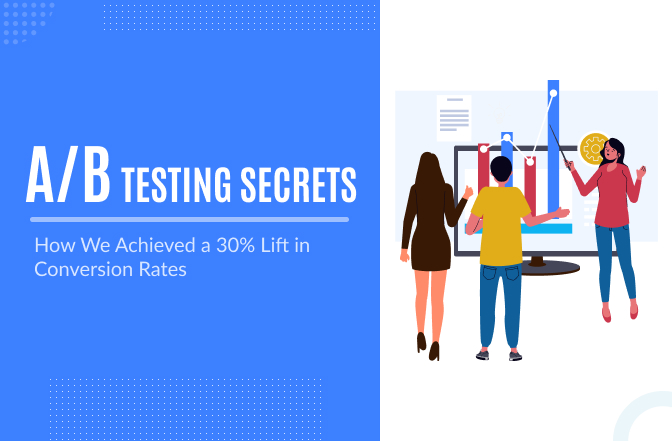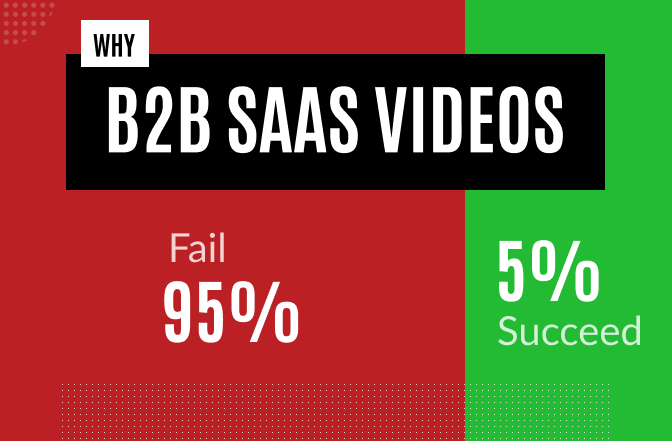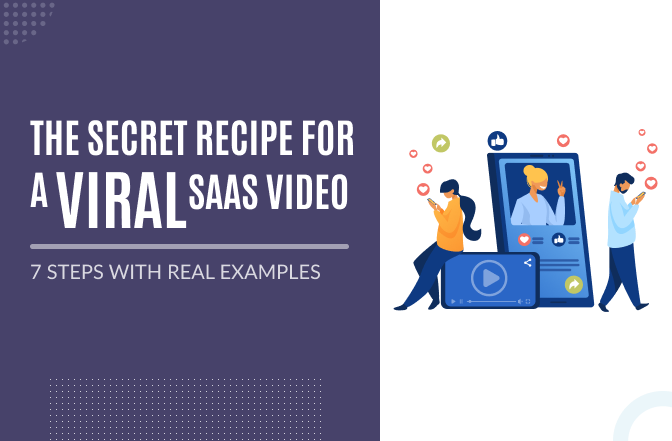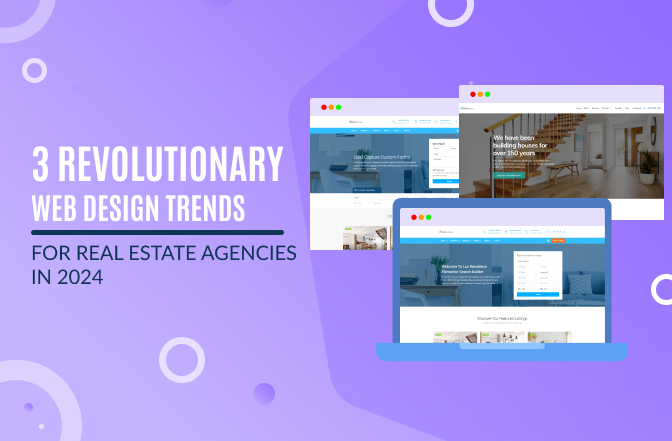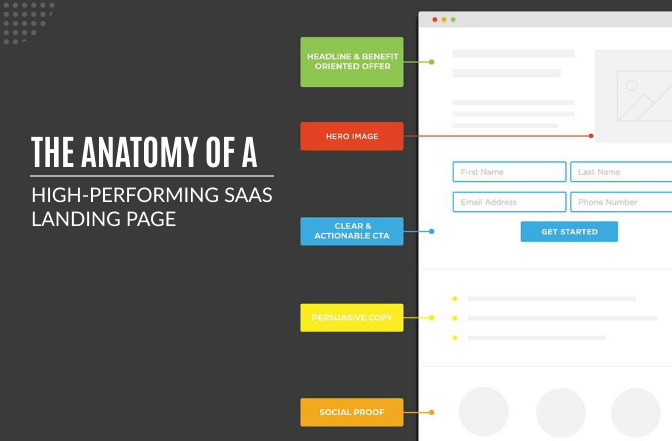In the competitive world of B2B SaaS, landing pages are battlegrounds for customer acquisition. A well-designed landing page can act as a conversion magnet, attracting and converting website visitors into paying customers. Asana, a leading project management software company, serves as a prime example of how B2B SaaS companies can leverage effective landing page design to achieve significant growth.
1. Know Your Audience: Tailor your messaging and visuals to resonate with your specific B2B buyer persona.
in Action: Asana’s landing page speaks directly to busy professionals and teams struggling with disorganized workflows. Their headline, “Simplify task management for your team,” immediately resonates with this pain point, offering a clear solution. The visuals showcase diverse teams collaborating and managing tasks, further reinforcing their target audience.
2. Focus on Benefits, not Features: Highlight how your SaaS product solves your target audience’s pain points and helps them achieve their goals.
Asana in Action: Asana doesn’t bombard visitors with a laundry list of features like list creation or file sharing. Instead, they highlight the key benefits users can expect, such as “improved team collaboration,” “increased productivity,” and “better project visibility.” They translate these benefits into concise bullet points, making the information easily digestible for visitors.
3. Craft a Compelling Headline: Use clear, concise language that grabs attention and communicates the value proposition of your product.
Asana in Action: Asana’s headline, “Simplify task management for your team,” is clear, concise, and directly addresses the target audience’s needs. It grabs attention and instantly communicates the value proposition of their software. The headline is also action-oriented, subtly encouraging visitors to explore further and discover how Asana can simplify their lives.
4. Use High-Quality Visuals: Include professional images, videos, or infographics that are relevant to your message and visually appealing.
Asana in Action: Asana’s landing page features clean and professional visuals. They showcase images depicting team collaboration and task management in action, reinforcing their message and resonating with their target audience. These visuals are not only aesthetically pleasing but also relevant to the benefits they highlight, creating a cohesive user experience.
5. Showcase Social Proof: Build trust by incorporating customer testimonials, case studies, or logos of reputable brands that use your product.
Asana in Action: Asana incorporates logos of well-known brands like Uber, Pinterest, and Airbnb that use their software. This social proof builds trust and credibility with potential customers who see how established companies are benefiting from Asana.
6. Keep it Simple and Scannable: Use white space effectively, break up text with subheadings and bullet points, and avoid overwhelming visitors with information.
Asana in Action: The Asana landing page avoids overwhelming visitors with information. They use ample white space to create a sense of calm and focus, making the content easily scannable. Key information is broken down into clear headings and concise bullet points, allowing visitors to quickly grasp the value proposition without feeling overwhelmed.
7. Include a Clear Call to Action (CTA): Tell visitors what you want them to do next, whether it’s signing up for a free trial, requesting a demo, or contacting sales.
Asana in Action: Asana features prominent and contrasting CTA buttons throughout their landing page, encouraging visitors to “Start your free trial” or “Learn more.” These CTAs are clear, actionable, and strategically placed to guide users towards the next step in their conversion journey.
8. Optimize for Mobile: Ensure your landing page is responsive and displays well on all devices, as many B2B users will be browsing on their smartphones or tablets.
Asana in Action: Asana recognizes that many users access information on mobile devices. Their landing page is responsive and adapts seamlessly across various screen sizes, ensuring a smooth user experience regardless of the device used. This mobile-first approach ensures they don’t miss out on potential conversions from tech-savvy B2B users.
9. A/B Test Different Elements: Continuously test and iterate on your landing page design to see what resonates best with your audience and drives the most conversions.
Asana in Action: Asana, like most successful companies, continuously tests and iterates on their landing page design. They use A/B testing to compare different versions of elements like headlines, visuals, and CTAs, allowing them to optimize for the best conversion rates. This data-driven approach ensures their landing page remains effective and delivers the best possible user experience.
10. Track and Analyze Results: Monitor key metrics like conversion rates, click-through rates, and bounce rates to understand what’s working and what’s not, and make adjustments accordingly.
Asana in Action: Asana understands the importance of data-driven decision making. They track key metrics like conversion rates, click-through rates, and bounce rates to measure their landing page performance and identify areas for improvement. This data allows them to refine their landing page elements and messaging over time, ensuring it continues to resonate with their target audience and drive sign-ups.
By implementing these strategies, Asana saw a significant 200% increase in sign-ups, demonstrating the power of effective landing page design in the B2B SaaS landscape. By understanding their audience, focusing on benefits, and utilizing clear CTAs, B2B SaaS companies can create landing pages that convert and drive sustainable growth. Asana’s approach serves as a valuable blueprint for other companies seeking to replicate their success and achieve similar results.
In conclusion, crafting a compelling landing page requires careful consideration of user experience, clear communication, and data-driven optimization. By following these key principles and drawing inspiration from successful companies like Asana, B2B SaaS companies can turn their landing pages into powerful conversion magnets, attracting and retaining customers in the competitive world of software-as-a-service. If you want to create landing pages like Asana that converts, contact us!


